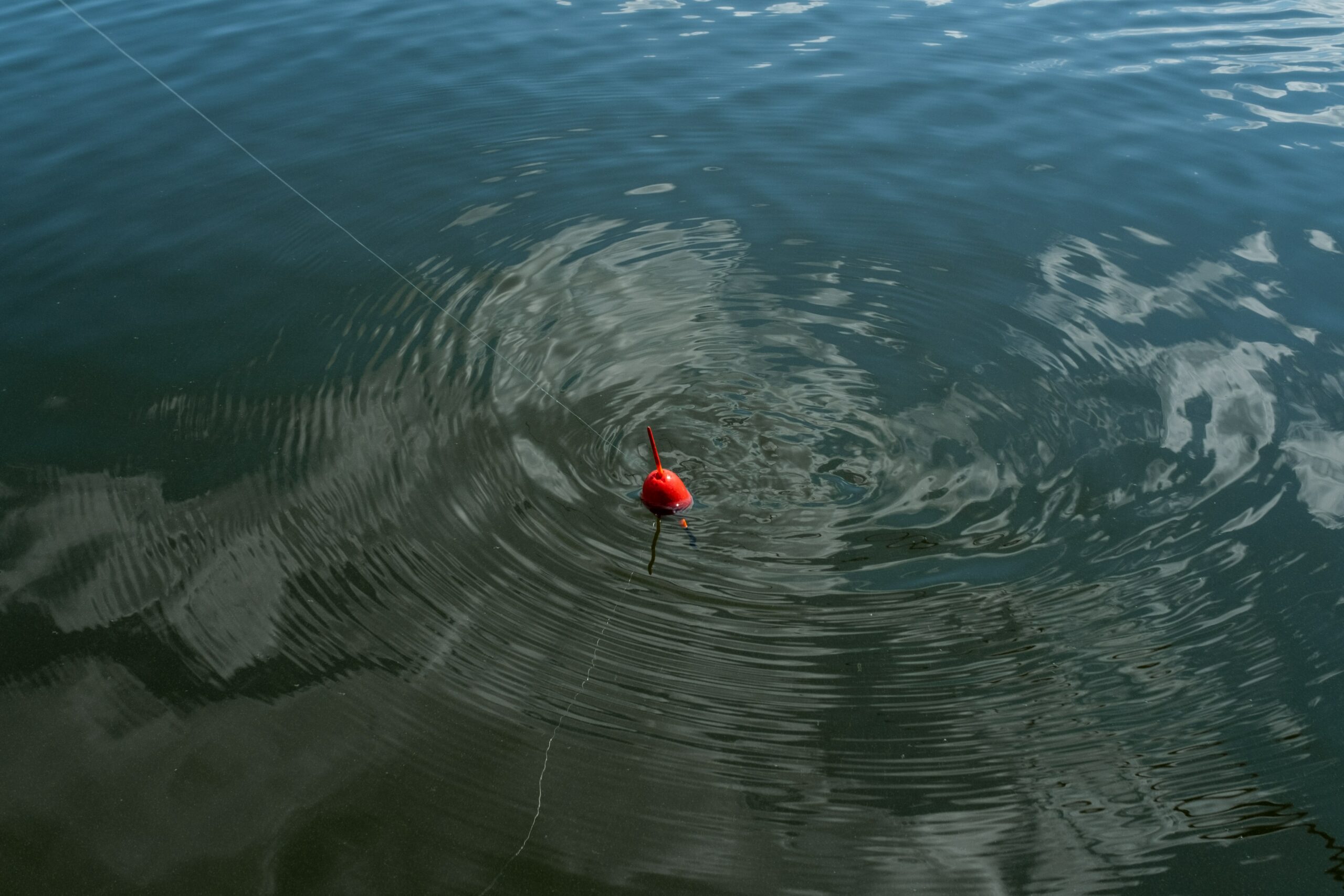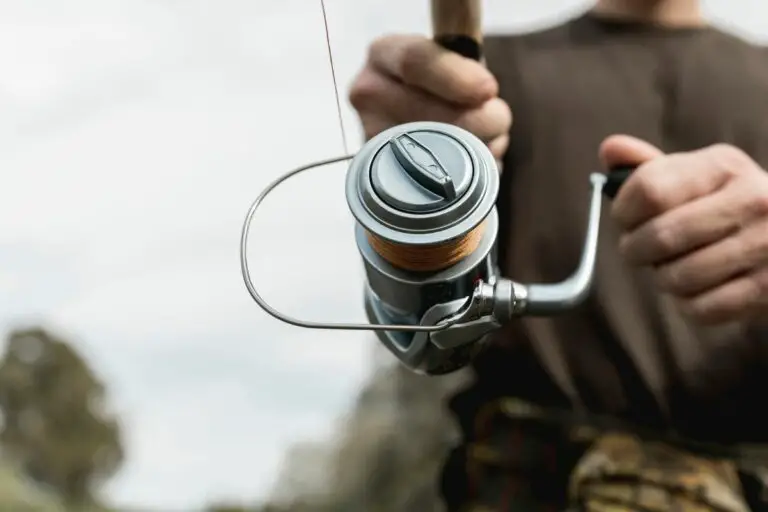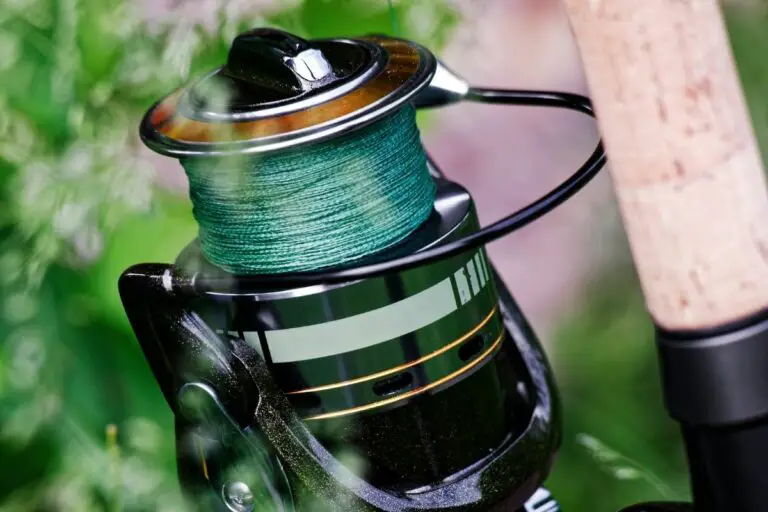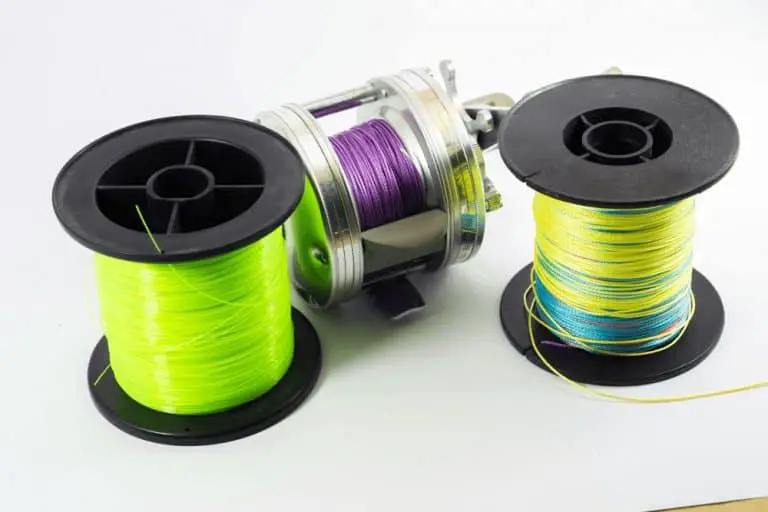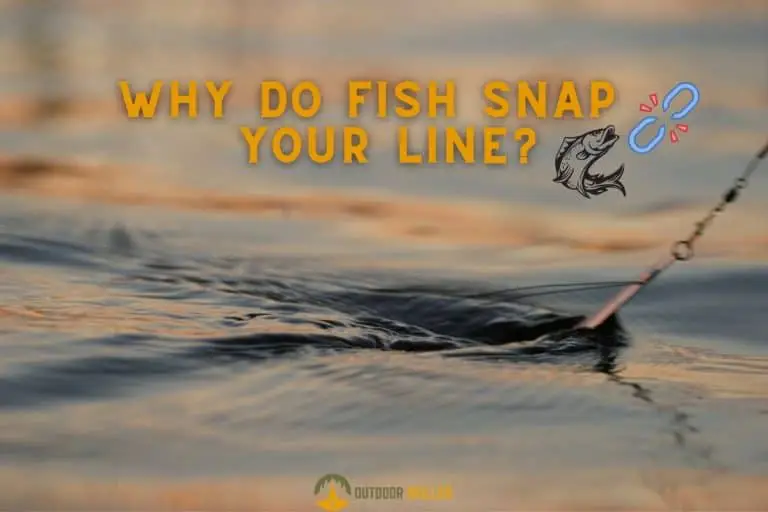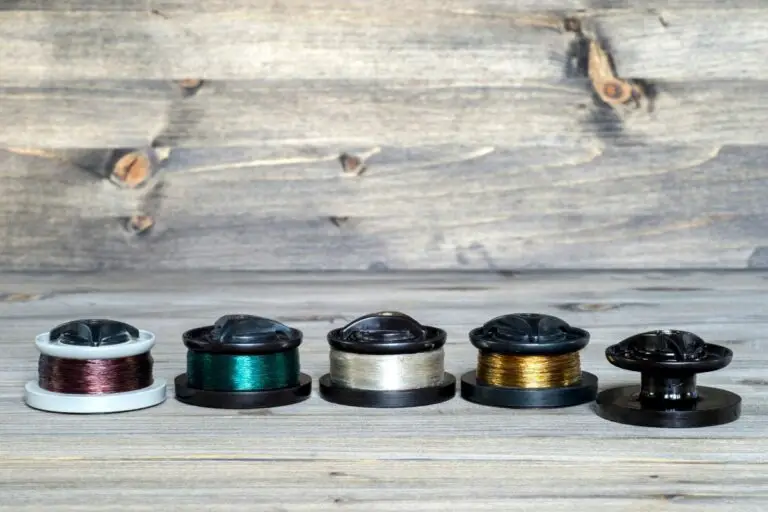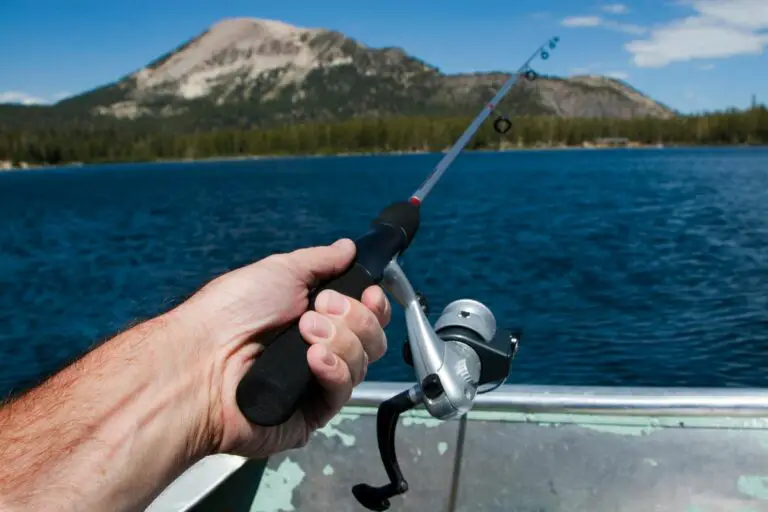Does Fluorocarbon Float? Use This to Your Advantage!
Many people consider fishing to be a quiet and peaceful hobby, but it actually needs careful planning and equipment supply.
You would want to utilize the appropriate equipment and fishing gear professionally, particularly as your expertise in fishing grows.
Fluorocarbon line is among the necessary equipment that’s intended to make fishing more enjoyable.
Does Fluorocarbon Float? Fluorocarbon does not float. It sinks because it’s made from heavier materials and has a low buoyant force. Fluoro sinks quicker than typical Monofilament lines, making it ideal for nymphing as it allows your flies to move swiftly through the water.
Continue reading to explore in detail the reasons why Fluorocarbon floats or sinks.
Table of Contents
Does Fluorocarbon Float?

Since not all fishing lines are constructed the same way, some float while others sink.
It’s critical for fishermen to recognize whether fishing lines will float or sink since it might influence the line’s responsiveness, lure movement, and lure display.
When it comes to Fluorocarbon lines, they do not float. These lines have a high density, and they’re made from heavy materials, which causes them to have a low buoyant force.
The density of water varies based on the amount of salt in it. A fluorocarbon fishing line has an estimated density of 0.063 lb/in3, which is 78% denser than freshwater resources and 74% denser than seawater.
Since the density of the fluorocarbon fishing line is greater than that of water, that means it will sink in both fresh and saltwater.
Fluorocarbon lines also sink faster compared to other lines. As a result, they are often utilized as a leader in various fishing tactics where investing in the leader is desirable. You can learn about the other differences between Fluorocarbon and the other fishing lines in these comparisons:
- Fluorocarbon vs monofilament fishing line comparison
- Fluorocarbon vs Braided fishing lines comparison
What Are the Factors that Affect the Buyoncy of Fishing Lines?
You definitely have noticed that certain items sink in the water while others float. This is known as buoyancy, which is the upward pressure imposed on an item by the surrounding fluid.
When the upward pressure exceeds the weight of an item, it will float. When the weight of an item exceeds the upward pressure, the item sinks.
It depends on several factors, including the material that the item is made of, as different materials have different densities, which in turn affects the buoyancy of the item or whether it will float or sink.
For instance, take two items made from different materials, metal, and wood, but they have the same mass. Once you put them in water, you will find that the wooden item will float while the metal item will sink.
The same goes for fishing lines. If the line is made from heavy materials with a density that’s higher than that of the water, it will sink more rapidly.
Another factor that affects the buoyancy of the fishing line is its surface area. In general, the more of an object’s exterior touches the water, the more buoyant it is.
Water pushes back against items. So, the larger the surface area of an item, the more the water pushes back against it, which allows it to float.
Why Use a Fluorocarbon Line?

The fluorocarbon fishing line has many advantages that make it ideal to use in a variety of applications. So, let’s take a look at these advantages in more detail:
- Fluorocarbon’s flexibility is increasing its appeal like never before. Fluorocarbon is a fantastic choice if you need to throw a short to medium distance into greater depths while still protecting yourself from debris.
- Fluorocarbon is simple to work with because of its flexibility, and the low stretch rate lets you get a good sense of how the fish react to your lure delivery. To avoid problems due to the rigidity of this line, consider soaking the knot.
- One of the most significant advantages of Fluorocarbon is that it is practically undetectable underwater. This is because it doesn’t distort light traveling through the line, which is important in clear water and when fishing cautious fish.
- Because of its high light transmittance, fluorocarbon fishing line has a reduced shading rate and vanishes in the water, offering its user a major benefit.
- It allows anglers to use heavier pound test lines in conditions like thick cover techniques for bass because of its limited visibility,
- It has exceptional abrasion resistance and has rapidly become a popular option for professionals when fishing heavy cover or dragging baits down the bottom.
- Fluorocarbon provides more secure hooksets over longer distances because it lacks the low-end elasticity of nylon monofilament. This is crucial if you need to drive the hook home at the end of a lengthy cast.
- Its densely packed molecules carry more energy, allowing it to effectively communicate signals from the other end of the line, including light nibbles or your bait hitting the bottom.
- Fluoro does not absorb water. This implies it has the same toughness, sensitivity, and management properties under the surface as above. It feels and behaves the same on your first and last casts.
- Fluorocarbon has a similar diameter to nylon monofilament with the same breaking strength. However, since fluoro is so difficult for fish to see, you may increase the pound test for additional durability and abrasion resistance.
If you’re interested in using a Fluorocarbon line, Check out our recommendations for the best Fluorocarbon Lines here.
Related Questions
Does Monofilament Line Float or Sink?
The monofilament line sinks. It sinks slower compared to Fluorocarbon Lines because it’s not as thick. This makes it ideal for use with topwater baits and hanging underwater displays in which you might not want to speed up the bait’s descent.
Does the Fluorocarbon Line Break Easily?
The Fluorocarbon Line does break easily. That is because it is stiffer compared to other types of fishing lines which makes it more likely to break. It also has a weak not strength which means that you need to wet the line first before tying a knot otherwise it will break.
Do You Need to Soak Fluorocarbon Lines?
You do need to soak Fluorocarbon lines. That is because fluorocarbon lines have high memory which makes them stiff and more prone to breaking. You can soak them in warm water for a few hours before using them to help soften them and improve their performance.
Helpful Resources
The fundamentals – and intrigue – of fluorocarbon fishing line
These Are The Fishing Lines I Absolutely Love
- After Testing endless brands and varieties, these are the best Fluorocarbon lines, these are the best Braided lines, and these are the best monofilament fishing lines.
- These are the best Ice Fishing Lines for your money
- These are the fly fishing lines that have never let me down.
- Targeting Trout? These are the best fishing lines for trout. For Bass, use these bass fishing lines.
- Not sure which fishing line to use? Check out these comparisons:
- Going Crappie Fishing? These Crappie Fishing Lines outperform everything else (and their price!)
If you like this article, please share it or pin it, you can find the share buttons below. We will really appreciate it ❤️

